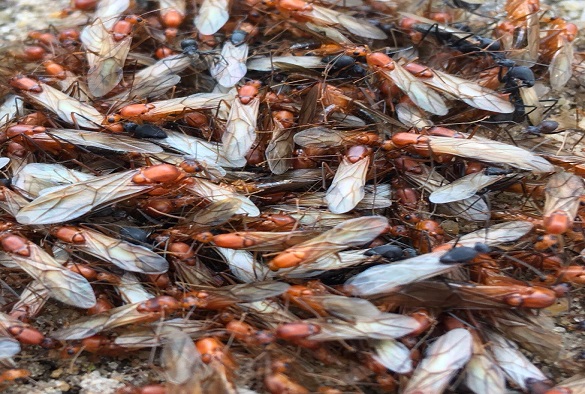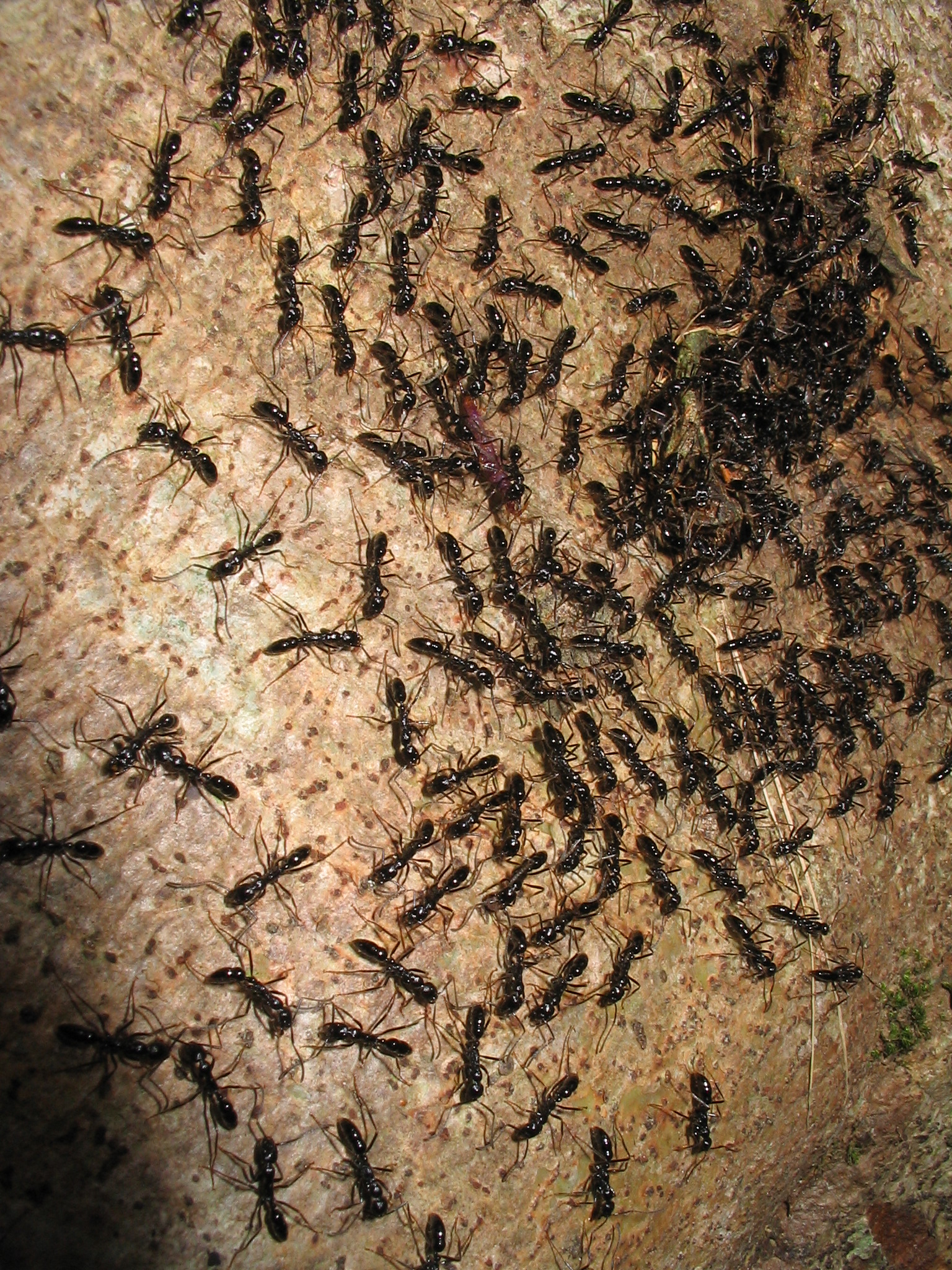Social nature of ants provides protection from climate change
Published on

A new study by University of Liverpool has provided new insight into the impact of climate change on ant populations.
Ants are one of the most dominant insects in the world. They are hugely abundant, both in terms of sheer numbers and biomass, and can be found on every continent except Antarctica. They play a significant role in ecological networks and processes, yet their ability to respond to changes to the climate is largely unknown.
Published in the journal Global Change Biology, researchers reviewed the published academic literature and studies relating mainly to ants and their responses to changes in temperature.
Ants are social insects that form complex and highly organised colonies which can be small or large. Their lifecycle is built on the work of sterile worker ants who support a small number of reproductive individuals.
The study highlights that this social structure of ant populations will enable them to adapt to or tolerate, climate change in ways that solitary organisms cannot.
It also revealed that ant species that nest underground where they can move their brood to lower temperatures are more protected, and conversely some ants can benefit from elevated temperate, especially those in temperate regions.
University of Liverpool ecologist, Professor Kate Parr, who lead the study, said: “How climate change affects ant populations and the wider impact this will have on the ecosystem is not particularly well understood. This study sheds new light on this issue. Ants are the most dominant insect in almost all ecosystems and play key roles in many ecosystem processes so any changes to their abundance and loss of some species will therefore have cascading consequences through the ecosystem.”
“Our research highlights those species and regions at risk from climate change but also those that may be capable of adapting to it. However, further research is needed in particular to better understand how ants respond to altered precipitation, CO2, or UV regimes and how this affects the wider ecosystem.”
The paper `The response of ants to climate change’ (doi: 10.1111/gcb.16140) is published in Global Change Biology.
